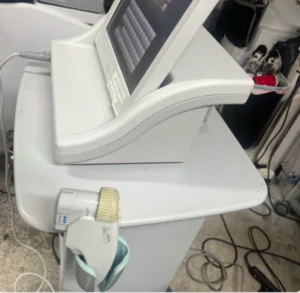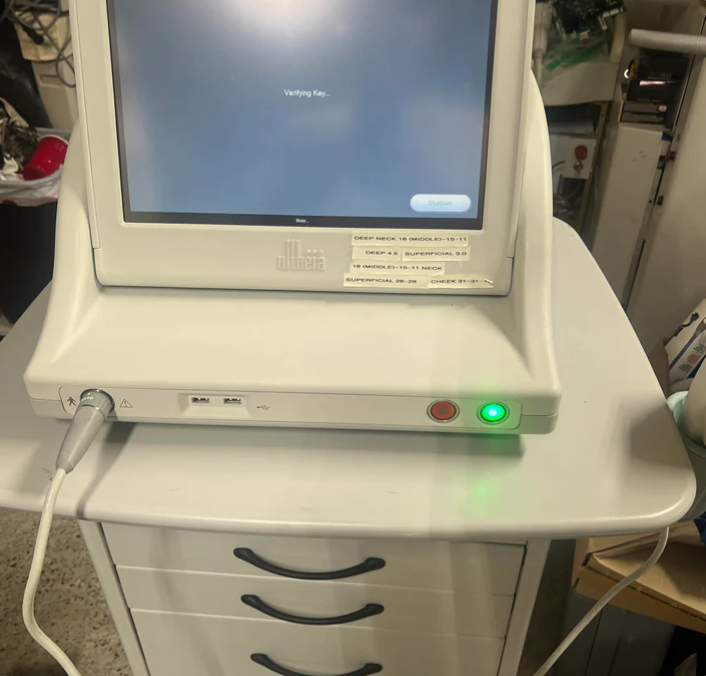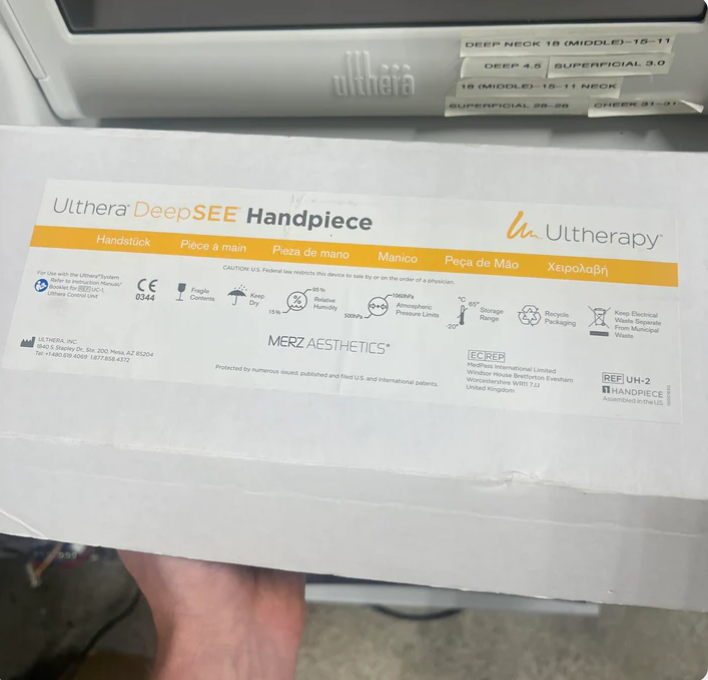Ultherapy: Ulthera (2010)

In the ever-evolving world of cosmetic treatments, Ultherapy has emerged as a groundbreaking non-invasive solution for skin tightening and lifting. Since its introduction in 2010, Ultherapy has become a go-to treatment for individuals seeking a youthful appearance without the need for surgery. This article delves into the science, benefits, and applications of Ultherapy, focusing on its origins with Ulthera (2010). Whether you’re considering this treatment or simply curious about its impact, this comprehensive guide will provide you with all the information you need.
What is Ultherapy?
Ultherapy is a non-surgical cosmetic procedure that uses focused ultrasound energy to lift and tighten the skin. It targets the deep layers of the skin, stimulating collagen production and resulting in a firmer, more youthful appearance. The treatment is FDA-approved and has gained widespread popularity due to its effectiveness and minimal downtime.
Key Features of Ultherapy:
- Non-Invasive: No incisions or needles are required.
- Collagen Stimulation: Promotes natural collagen production for long-lasting results.
- Precision: Uses ultrasound imaging to target specific areas with accuracy.
- Minimal Downtime: Patients can resume normal activities immediately after treatment.
For more information on how Ultherapy works, check out this external resource on ultrasound technology in cosmetics.
The Origins of Ultherapy: Ulthera (2010)
The story of Ultherapy begins with Ulthera, the company that introduced this innovative technology in 2010. Ulthera’s groundbreaking approach to skin tightening revolutionized the cosmetic industry, offering a non-surgical alternative to facelifts.
Milestones in Ultherapy’s Development:
- 2010: Ulthera launches the first FDA-approved ultrasound device for non-invasive skin lifting.
- 2014: Ultherapy gains popularity for treating areas like the brow, chin, and décolletage.
- 2017: Over 1 million Ultherapy treatments are performed worldwide.
- 2020: Continued advancements in technology improve precision and patient comfort.
To learn more about the history of Ultherapy, visit this authoritative guide.
How Ultherapy Works
Understanding the science behind Ultherapy can help you appreciate its effectiveness.
Step-by-Step Process of an Ultherapy Treatment:
- Consultation: A certified practitioner assesses your skin and discusses your goals.
- Preparation: The treatment area is cleaned, and ultrasound gel is applied.
- Treatment: The Ultherapy device delivers focused ultrasound energy to the deep layers of the skin.
- Post-Treatment: Patients may experience mild redness or swelling, but these side effects subside quickly.
For a deeper dive into the science of ultrasound technology, check out this comprehensive article.
Benefits of Ultherapy
Ultherapy offers numerous benefits for individuals seeking a non-surgical solution to aging skin.
Top Benefits of Ultherapy:
- Non-Surgical: No incisions, needles, or anesthesia required.
- Natural Results: Stimulates your body’s collagen production for gradual, natural-looking results.
- Versatility: Treats multiple areas, including the face, neck, and chest.
- Minimal Downtime: Most patients return to their daily activities immediately.
To explore the benefits of non-invasive cosmetic treatments, visit this external resource.
Ultherapy vs. Traditional Facelifts
How does Ultherapy compare to traditional surgical facelifts? Let’s break it down:
| Feature | Ultherapy | Traditional Facelift |
|---|---|---|
| Invasiveness | Non-invasive | Surgical procedure |
| Downtime | Minimal to none | Several weeks |
| Results | Gradual, natural-looking | Immediate, dramatic |
| Cost | Lower cost | Higher cost |
Who is a Good Candidate for Ultherapy?
Ultherapy is ideal for individuals who:
- Have mild to moderate skin laxity.
- Prefer a non-surgical alternative to facelifts.
- Want to avoid downtime.
- Are looking for natural, long-lasting results.
For more insights on candidacy for Ultherapy, visit this external resource.
Frequently Asked Questions (FAQs)
1. Is Ultherapy painful?
Most patients describe the sensation as mild discomfort, often compared to tiny electric pulses.
2. How long do results last?
Results can last up to 1-2 years, depending on individual factors like skin condition and lifestyle.
3. Are there any side effects?
Common side effects include mild redness, swelling, and tenderness, which typically subside within a few hours.
4. How many sessions are needed?
Most patients achieve their desired results with just one session, though some may opt for additional treatments.
For more FAQs, visit our contact page.
Conclusion
Since its introduction in 2010, Ultherapy has transformed the cosmetic industry, offering a safe, effective, and non-invasive solution for skin tightening and lifting. With its ability to stimulate natural collagen production and deliver long-lasting results, Ultherapy continues to be a popular choice for individuals seeking a youthful appearance without surgery.
Ready to explore how Ultherapy can benefit you? Contact us today to schedule a consultation or learn more about this innovative treatment. Visit our contact page or reach out to us on WhatsApp for personalized assistance.





Reviews
There are no reviews yet.